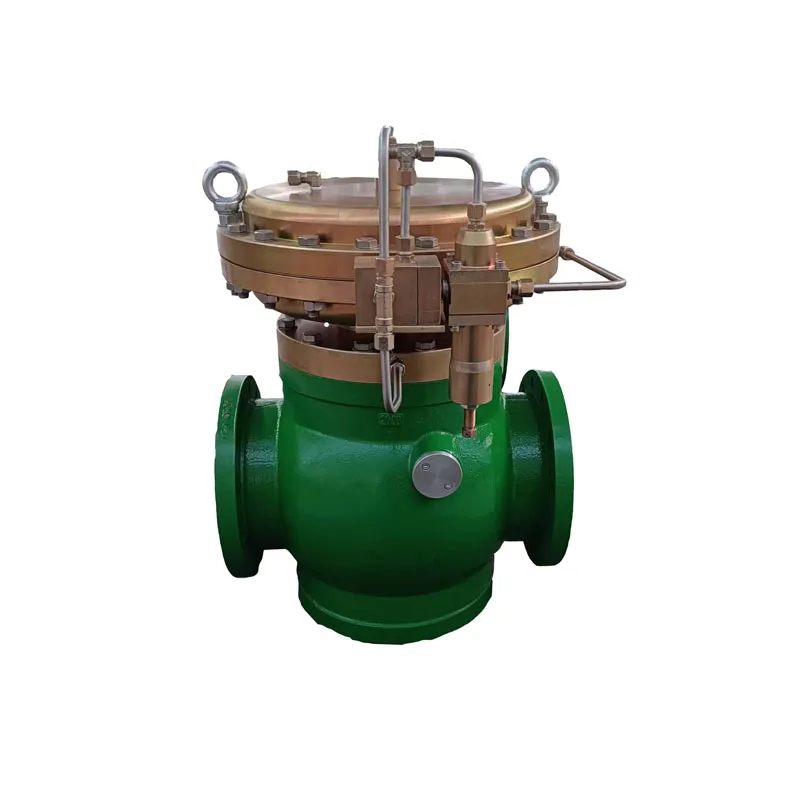
Nov . 13, 2024 14:22
Back to list
pressure vessel
Understanding Pressure Vessels Safety and Innovation
Pressure vessels are critical components in various industries, including oil and gas, chemical manufacturing, power generation, and even food processing. These containers are designed to hold gases or liquids at a pressure substantially different from the ambient pressure. The ability to safely contain substances under pressure is crucial for both operational efficiency and safety.
What is a Pressure Vessel?
A pressure vessel is a closed container that can withstand high pressure. It is constructed from materials such as steel or composites, designed to resist the force exerted by the contents within. Typically, pressure vessels can be classified based on their shape and the nature of the materials they contain. Common shapes include cylindrical, spherical, and conical forms, each offering specific advantages regarding strength and volume.
Importance of Pressure Vessels
Pressure vessels play a vital role in several industrial processes. In the oil and gas sector, they are used for storing compressive gases and liquids under high pressure. In chemical processing, pressure vessels contain reactive or hazardous materials, ensuring safe reactions take place under controlled conditions. The power generation industry utilizes pressure vessels for steam generation, playing a crucial role in turbines and reactors.
Design and Engineering Challenges
pressure vessel

The design of a pressure vessel is a complex engineering challenge. Engineers must consider various factors such as material selection, temperature fluctuations, and the nature of the stored materials. Safety standards are paramount; hence, adherence to regulations, such as the ASME Boiler and Pressure Vessel Code, is essential. This code outlines the design, fabrication, inspection, and certification of pressure vessels, ensuring that they perform safely under pressure.
Safety Considerations
Safety is the foremost concern when dealing with pressure vessels. The consequences of a failure can be catastrophic, leading to explosions, chemical spills, or environmental pollution. Regular maintenance, inspection, and adherence to design codes are essential to prevent wear and tear that might lead to structural failures. Non-destructive testing techniques, such as ultrasonic testing and radiography, are often employed to identify potential weaknesses in the vessel's integrity.
Innovation in Pressure Vessel Technology
With advancements in materials science and engineering, the design and construction of pressure vessels have evolved significantly. Innovations such as composite materials offer lighter and stronger alternatives to traditional metals, improving energy efficiency and transportation ease. Moreover, the integration of smart technologies for real-time monitoring of pressure and temperature enhances safety, enabling proactive maintenance and reducing the risk of failures.
Conclusion
Pressure vessels are indispensable in modern industrial processes, ensuring the safe containment of substances under pressure. Their design and engineering require a deep understanding of materials, structural integrity, and safety standards. As industries continue to evolve, so too will the technology surrounding pressure vessels, leading to greater safety, efficiency, and sustainability in their operation. Continuous innovation in this field promises to enhance the functionality and safety of pressure vessels, paving the way for advancements in various sectors that rely on these critical components.
Latest news
-
Safety Valve Spring-Loaded Design Overpressure ProtectionNewsJul.25,2025
-
Precision Voltage Regulator AC5 Accuracy Grade PerformanceNewsJul.25,2025
-
Natural Gas Pressure Regulating Skid Industrial Pipeline ApplicationsNewsJul.25,2025
-
Natural Gas Filter Stainless Steel Mesh Element DesignNewsJul.25,2025
-
Gas Pressure Regulator Valve Direct-Acting Spring-Loaded DesignNewsJul.25,2025
-
Decompression Equipment Multi-Stage Heat Exchange System DesignNewsJul.25,2025

